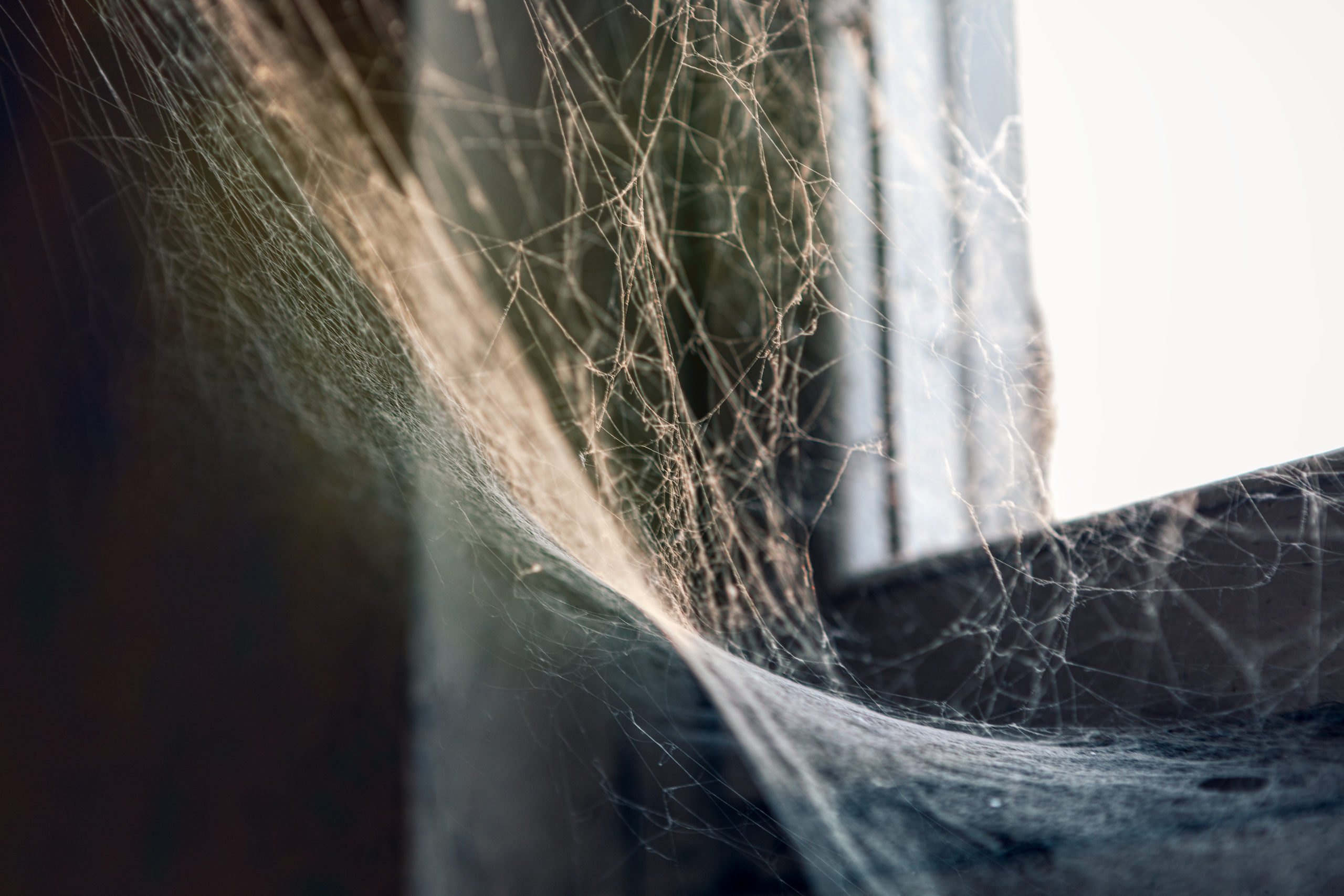Summer will soon be in full swing, and for most of us, that means more time spent outdoors. It also means finding pests indoors—in your home, that is. Spiders are likely to be one of the main culprits, so it’s important to know how to identify them and whether you have an infestation. Here are five spider species commonly found in homes.
House Spider
House spiders are the most common spiders found in your—you guessed it—house. No bigger than a nickel, these spiders are responsible for building cobwebs in your basement and cupboards. They can assist with removing flies from your home and are relatively harmless. Their bites hurt but they aren’t venomous. House spiders also do not attack. They only bite in self-defense.
Cellar Spider (Daddy Long Legs)
Named after their long, thin legs, almost everyone is familiar with the cellar spider—otherwise known as the daddy-long-leg spider. As you might suspect from their name, these arachnids are most commonly found in your cellar or basement. Thanks to their short fangs, they’ve never been known to bite or cause harm to humans.
Brown Recluse Spider
The brown recluse spider is not a large species of spider, but don’t be fooled: A bite from one of these eight-legged critters is capable of packing a venomous punch. Now, in most cases, a brown recluse bite usually results in mild swelling, but in others, lesions can develop, causing damage to the cells and tissue. These spiders hide out in clothes and towels. If you keep laundry in a dark area with little activity, shake the items before using them. Seek medical attention immediately, if bitten.
Wolf Spider
The wolf spider is larger than most spiders you’ll find in your home, ranging from half an inch to an inch and a half. These hairy arachnids can be found in basements, cellars and under cinderblocks. Their bites are painful but do not cause any permanent damage. If you’re bitten and you experience any intense discomfort or effects, visit your doctor immediately, as you may be having an allergic reaction.
Jumping Spider
Able to leap anywhere from 10 to 50 times their own body length, jumping spiders can be as bright as tan and as dark as black. With over 6,200 species of jumping spiders, you have plenty to look out for. They spin webs that look more like tents than traditional webs. Jumping spiders are another spider that produces venom, but enough to be harmful to humans.
While spiders serve as nature’s pest control, devouring other pests we want to keep out of our home, one thing’s for sure: No one wants them to take over their home. If you know or suspect that you have a spider infestation, call on the professionals at Bug Man Exterminating. Our team of pest control specialists will put together a comprehensive extermination plan, so you can enjoy a spider- and pest-free home this summer. Contact us today!


